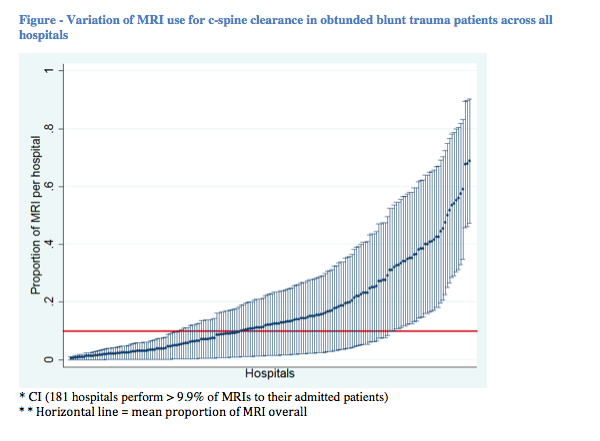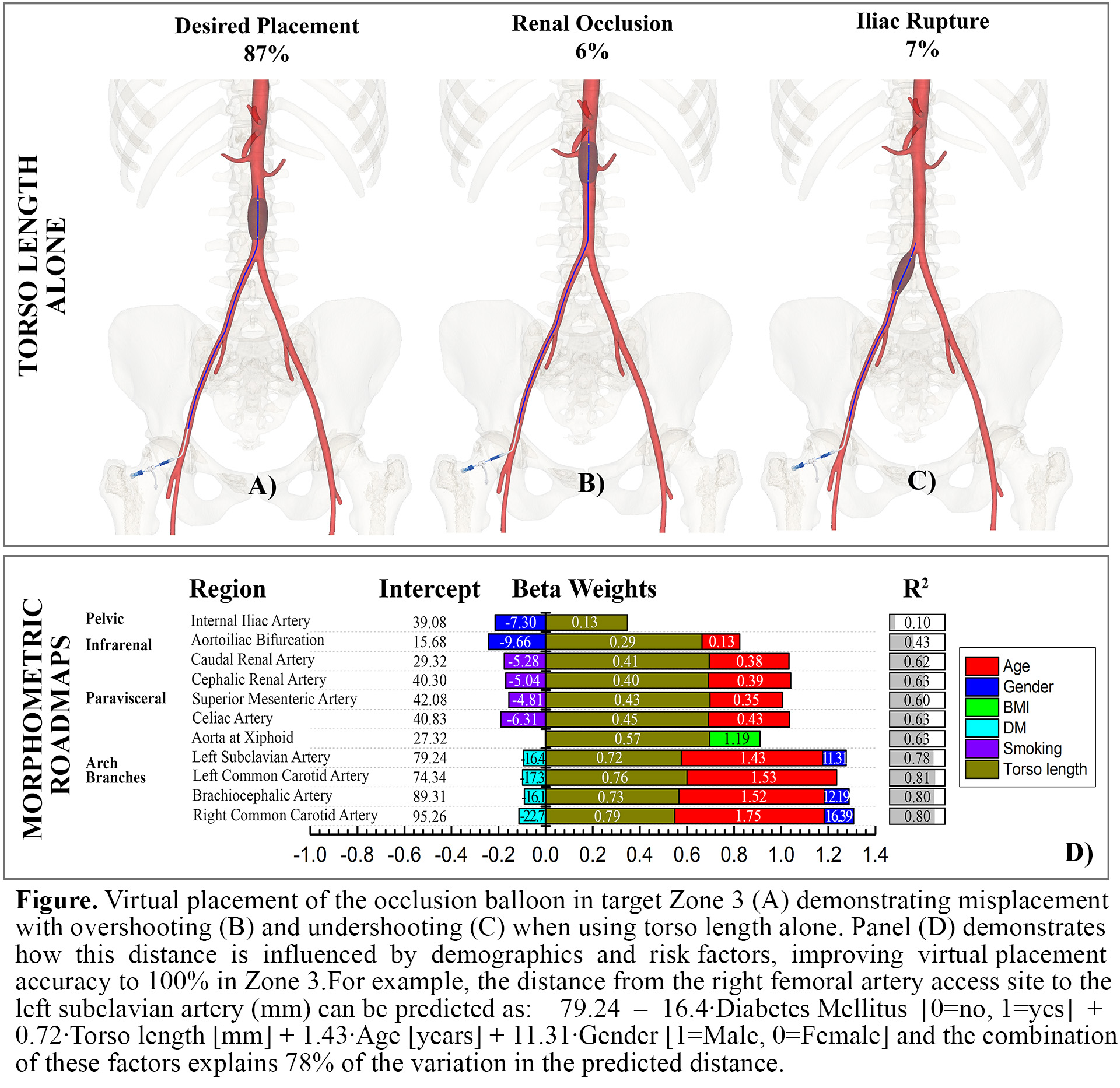M. Mukit1, B. A. Asif1, M. Subrize1, H. C. Thode1, M. C. Henry1 1Stony Brook University Medical Center,Stony Brook, NY, USA
Introduction:
From 2003-2007, trauma prehospital care reports (TPCR) were used to delineate trauma data from the field; the TPCR includes the American College of Surgeon’s (ACS) triage criteria for traumatic events. We used these reports together with the Suffolk Country Trauma Registry Data to examine which criteria had the greatest positive predictive value for trauma resource need.
Methods:
Retrospective structured study. Cases were matched with the County’s regional Trauma Registry. The study was approved by our IRB. All adult patients with a TPCR from 2003 to 2007 were eligible for inclusion.The occurrences, sensitivity, specificity, PPV and NPV of each trauma triage criteria for the major outcomes of ISS > 15 and major OR/death were noted. Models were created to determine which trauma triage criteria would allow the greatest sensitivity, specificity, and NPVfor predicting ISS >15 or major OR/death while maintaining a minimum PPV of 20%. The decision rules for both models were to select variables with the largest PPV and to stop selection when the PPV of the overall model was < 20.
Results:
17120 TPCR’s were analyzed. The criteria that were significant in the ISS>15 model, in order,were flail chest, RR < 10 or > 28, amputation, multitrauma, long bone fracture, GCS <14, SBP <90, death of same vehicle occupant, ejection from vehicle and pelvic fracture. This model achieved a sensitivity of 46%, specificity of 97%, PPV of 20% and NPV of 99%. The criteria that were significant in the major OR/death, in order, were flail chest, long bone fracture, amputation, RR < or > 28, multitrauma, SBP < 90, GCS < 14 and death of samevehicle occupant. This model achieved a sensitivity of 38%,specificity of 97%, PPV of 22% and NPV of 99%.
Conclusion:
The goal of trauma triage guidelines is to minimize both under triage (so patients can receivethe specialized trauma care they require) and over triage (so patients do not consume scarce resources unnecessarily). In the 2011 Guidelines for Field Triage of Injured Patients, the panel decided to only include criteria that had a minimum PPV of 20% for predicting severe injury.Our study shows that models that place PPV at the lower limit of 20 are able to achieve high specificity and NPV but poor sensitivity. Such models would result in little over triage but significant under triage. Additionally, the first eight criteria for both models (ISS>15 and major OR/death) were the same, indicating that the same criteria are predictive for different outcomes.










